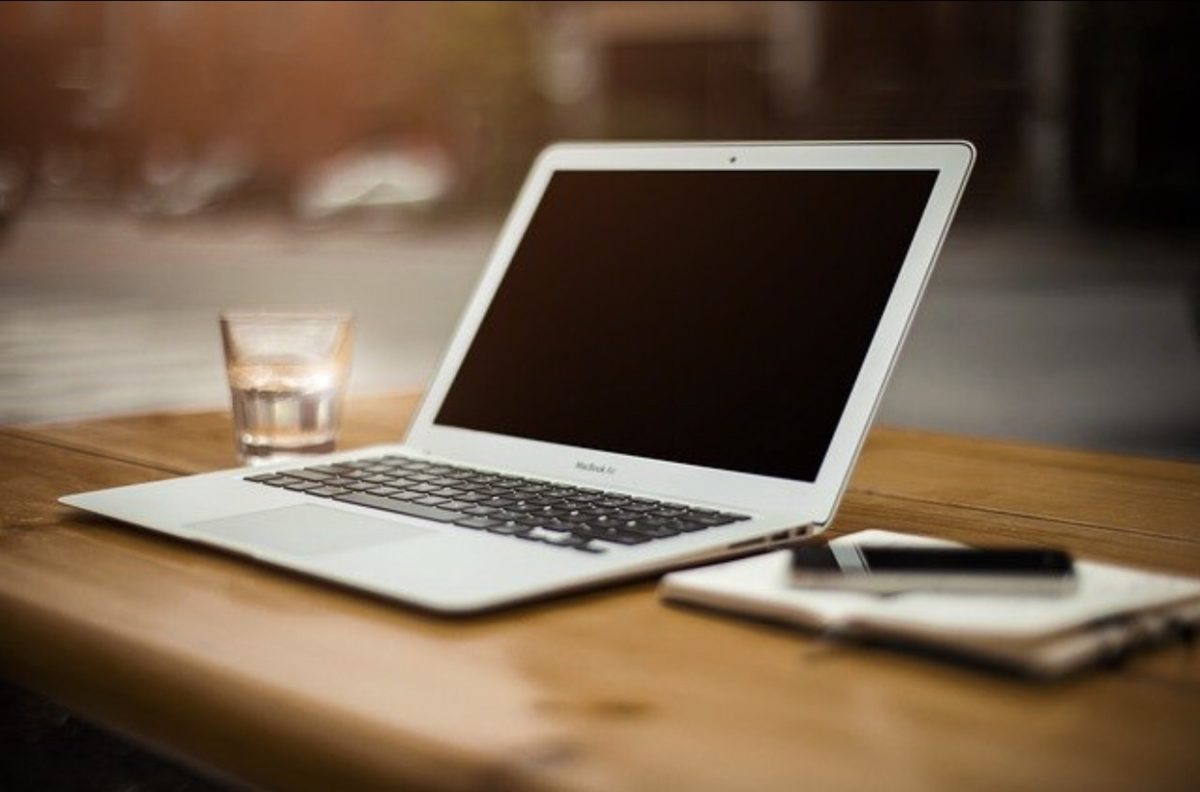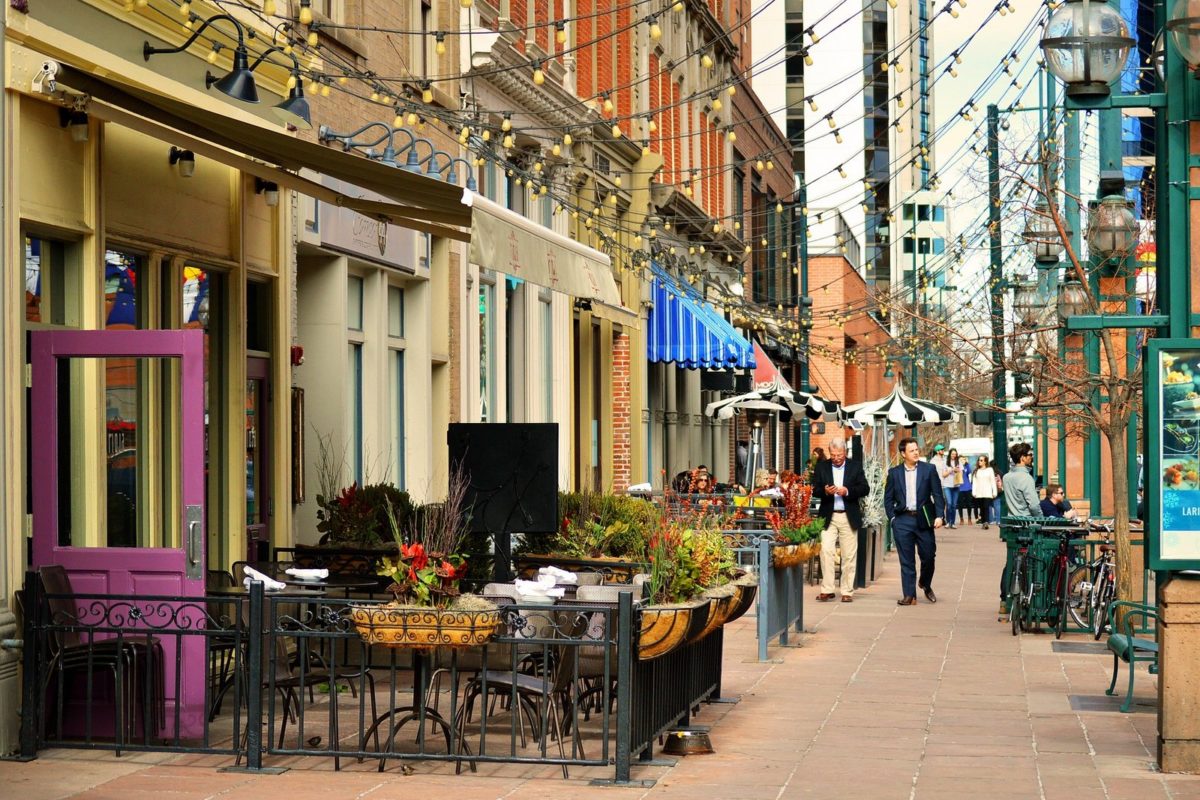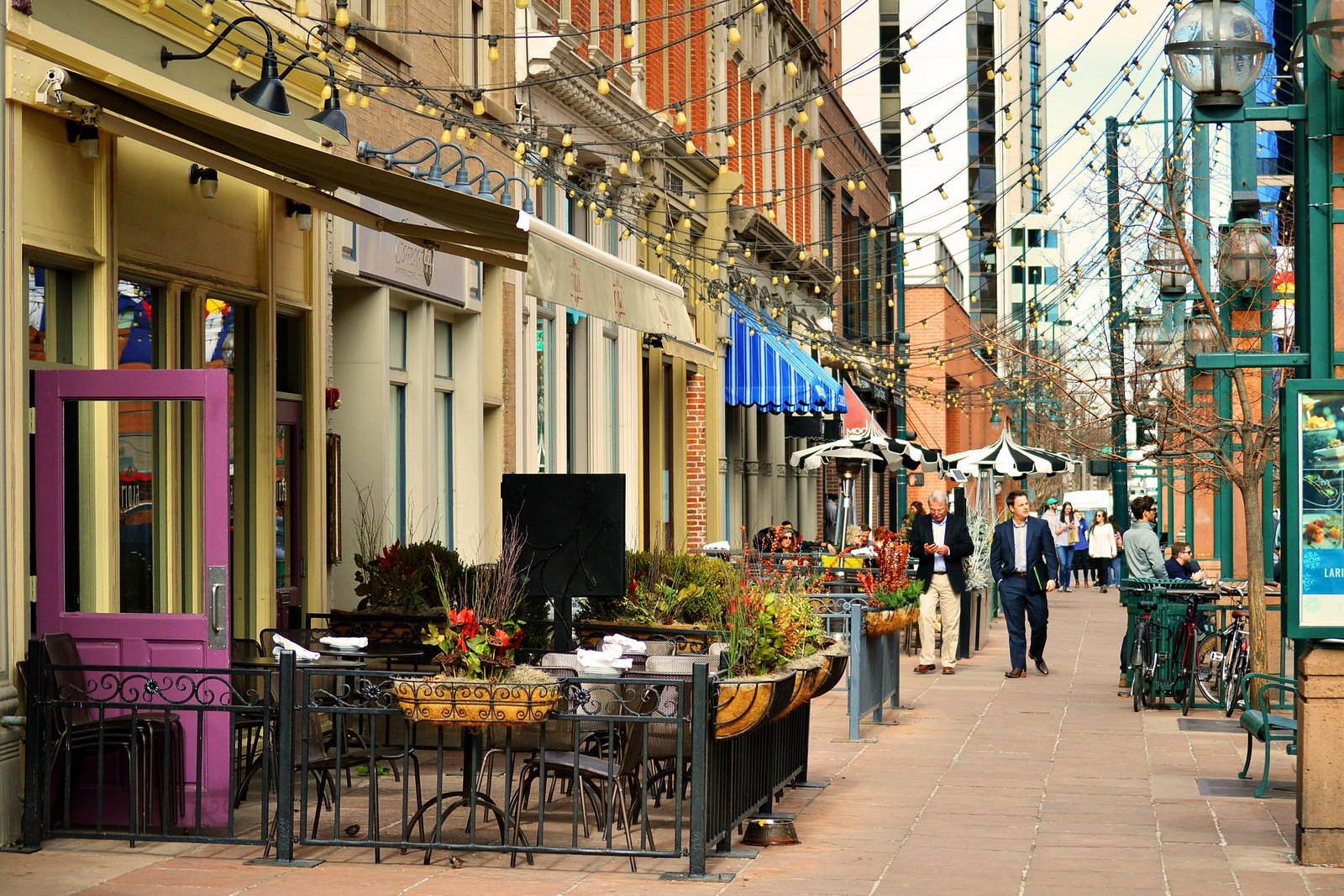By John Carter
Hi Net Neighbors! Welcome to Tech Tuesday, where we talk about the tech issues and ideas affecting you. This week we are starting off a new series for something I am calling Arttober. In the vein of Inktober, which if you have not heard of it is a ‘challenge’ where people draw images with ink each day of October, Arttober is our opportunity to discuss some options for art in the digital sphere. Now you may be thinking that you can’t create art in a computer and if you are I would like to direct you to nearly every movie made in the last twenty years. More and more, studios are shying away from filming at scenic vistas and are moving to building those locales in the computer. Given this, let’s take a look at digital art, specifically Raster Art.
Wait a second. If a place really exists, why not film there?
Good question. Let’s think about it for a second. A film shoot doesn’t just require a director, camera person, and the three actors in a scene. There are costumers, make-up people, set designers, prop people, runners, and so, so many more just to handle a single scene. Now imagine moving all those people half-way across the planet to film what will be a thirty-second shot in the final film. Now imagine doing it in an era where four weeks are eaten up via quarantine. That thirty-second shot has suddenly become very expensive and very time consuming.
But let’s say that you build your location in a computer though. You can do your filming, potentially, in your garage in front of a green screen. Then, with some digital work the green can be removed, and your actors are suddenly in a German castle, or the Australian Outback, or even at the top of Olympus Mons on Mars.
Okay, okay, I’m sold. So, what is Raster Art?
A Raster image is any image comprised of Pixels. Every photo you take with your phone is a Raster image and editing those images, even if you are just correcting some color in your camera app, makes you a Raster Artist. Yet, when we talk about Raster Artists what we are usually referring to are what you may call Digital Painters. Using one, or many, different programs and apps, Digital Painters can create images as vibrant and lifelike as any ‘Traditional’ Artist.
Now, before you go diving headlong into the Digital Painting space, it is good to know what your options are. So let’s take a look. Today we are going to look at two programs, Affinity Photo and Procreate.
Affinity Photo
Created by a British company called Serif, Affinity Photo is their version of Photoshop. As such it is feature rich with all the tools you could need to create awesome works of digital art. Photo editing is available, giving you the ability to balance lighting, alter colors, remove blemishes and more. Brushes, a concept common to all Raster programs, can be imported from Photoshop and other programs. So if you have Photoshop at work but don’t want to pay Photoshop prices at home, this is a viable option.
Cost
I am not going to lie to you, Affinity does cost money. If you want the full desktop experience then you are going to shell out northwards of fifty dollars. That being said, compared with Photoshop, which is twenty a month for as long as you want to use it, that price is nothing. The price is a one-time deal, giving you access to the product for life within that major release. For clarification, right now the product has recently released version 1.10. Any version within the 1.0 version cycle will be available to you with that one-time purchase. If, in a year, they release a version 2.0 then you would need to pay for that but you would still have free, unlimited access to the full breadth of 1.0.
You may have noticed that I have listed multiple versions of Affinity Photo. If you, for whatever reason, wanted it on a Windows computer and a MacBook then you would need to pay for a license for both. Thankfully Serif has sales throughout the year when you can snag it for ten to twenty dollars less.
Now, unlike many of the options we listed above, Affinity Photo is available for your iPad as well. The interface is different on the iPad but so is the price. Twenty-two dollars is much better than fifty-plus, and you get updates for free.
Ease of Use
Affinity Photo is not the sort of program you can just pick up and use with ease. There are tons of buttons everywhere and there are loads of functionality. My advice is to head to YouTube and do some searches. At the end of this document I will include some links to YouTube Channels I like and have used. Additionally, if you are just getting started with Affinity Photo, my next piece of advice is to choose a version, Desktop or Mobile. The interfaces are different and trying to learn both at once is only going to lead to more headaches.
I will say this, knowing what I know now, if you have an iPad and a desktop and are on the fence, I would say you probably want to learn the iPad version. Not because it is easier, or harder, because it isn’t. No, the iPad allows you to use a stylus on the screen meaning you can paint the same way you would draw in the ‘real’ world. To achieve this same effect in a desktop environment you would need to purchase a separate accessory which could cost between thirty and three-thousand dollars depending on a host of factors we will not get into. Now if you have a MacBook and an iPad you can use the Sidecar function to achieve the same. We won’t go further into that though.
Alternatives
While there are many alternatives on the market, the two you will most commonly find are Photoshop and GIMP. Photoshop, well there isn’t much to say there. It is THE name in the photo editing space. So ubiquitous is it that the noun has also become a verb. Any image that has been altered is said to have been photoshopped, regardless of the program in which the editing occurred. As I said earlier, Photoshop costs twenty dollars a month, though for that you gain access to both the desktop and iPad versions.
GIMP, short for GNU Image Manipulation Program, is a 100% free alternative to Photoshop and Affinity Photo. In terms of average use, they are about par, though the costlier ones of course have more bells and whistles. There is no tablet version of GIMP, meaning you are stuck with a desktop experience. That being said, it is a good product and I have used it to touch up family photos and do some digital painting of my own. Because both Photoshop and GIMP have been around for ages there are tons of tutorials on both.
Procreate
Sigh, another poorly named product. But once you set aside the name, Procreate is an amazing product. Coming in versions for both the iPhone and iPad, this is pretty much the go-to product in the mobile digital painting space. It can import brushes from Photoshop and Affinity Photo, allowing you to make great use of those assets. But do not mistake Procreate for just another photo editor. It is wholly an art program. I have done quite a few pieces in it, mimicking a painterly style and a more ink/marker approach. With the use of layers, masking, and brushes there is no end to what you can do. I have included a link at the bottom where you can go and see some art made in this amazing product.
Although I do not use it, one feature I find particularly amazing is the record feature. By default, the app is recording all the work you do as a video so you can go back and observe your process in high speed or share it as a YouTube video of your own.
What I do like is that there are options for my iPhone and iPad. In case you are wondering, yes you can do amazing pieces with only your finger on the iPhone. I wouldn’t call my own works amazing by any stretch of the imagination but the tool kit at your literal fingertips cannot be denied. Meanwhile on the iPad you can make use of the Apple pencil to great effect.
Cost
Depending on whether you want the iPad or iPhone version, Procreate is going to set you back ten or five dollars respectively. For such a powerful product that isn’t a bad price and I have both.
Alternatives
For a more universal option, there is Sketchbook from Autodesk. It works on both iOS and Android and I recommend it so highly that it was the app I downloaded to my child’s Android tablet. There are tons of brush settings and a robust color library. Layers, masking, and other features are also available.
On the desktop in the painting space there is Krita. Krita is absolutely free, though donations are a possibility. It has an amazing brush engine allowing for oil, watercolor, and pastel effects. And just like in Procreate, you can animate in Krita. On this point in particular Krita is the clear winner, since you can do movie-level animation with it rather than the shorter videos in Procreate.
Wow, that was a lot of information. Anything else?
On Raster Art alone I could write books. I haven’t even scratched the surface with this article. That’s okay though. Sometimes a topic will be too big, even for us. But what I am really hoping from this series is that you gain some inspiration to branch out and try these options on your own. I personally find Digital Art very freeing for the very fact that any error on the canvas can be fixed with a simple undo. Plus, given that the only expense is a few dollars for an app versus all the money you could spend on paint, ink, or whatever other media you want, even if you were to throw in an iPad it wouldn’t be as much.
Before you jump that deep though, I encourage you to try the free options.
Next time we are going to discuss Art’s more mathematical side with Vector Art.
Until then, have fun, find adventure, and stay safe.
Links
Logos By Nick – https://www.youtube.com/c/LogosByNick great source for GIMP tutorials
Design Made Simple – https://www.youtube.com/channel/UC9OV3PevmfZt1k1jQDzWm0A
Make it Mobile – https://www.youtube.com/channel/UCe7cPBY4S6XMQZQsf2eC_5w
Procreate Folio – https://folio.procreate.art/showcase – no tutorials but examples of what you can accomplish. Truly inspiring.
Art with Flow – https://www.youtube.com/c/ArtwithFlo/videos – great source for Procreate Tutorials


